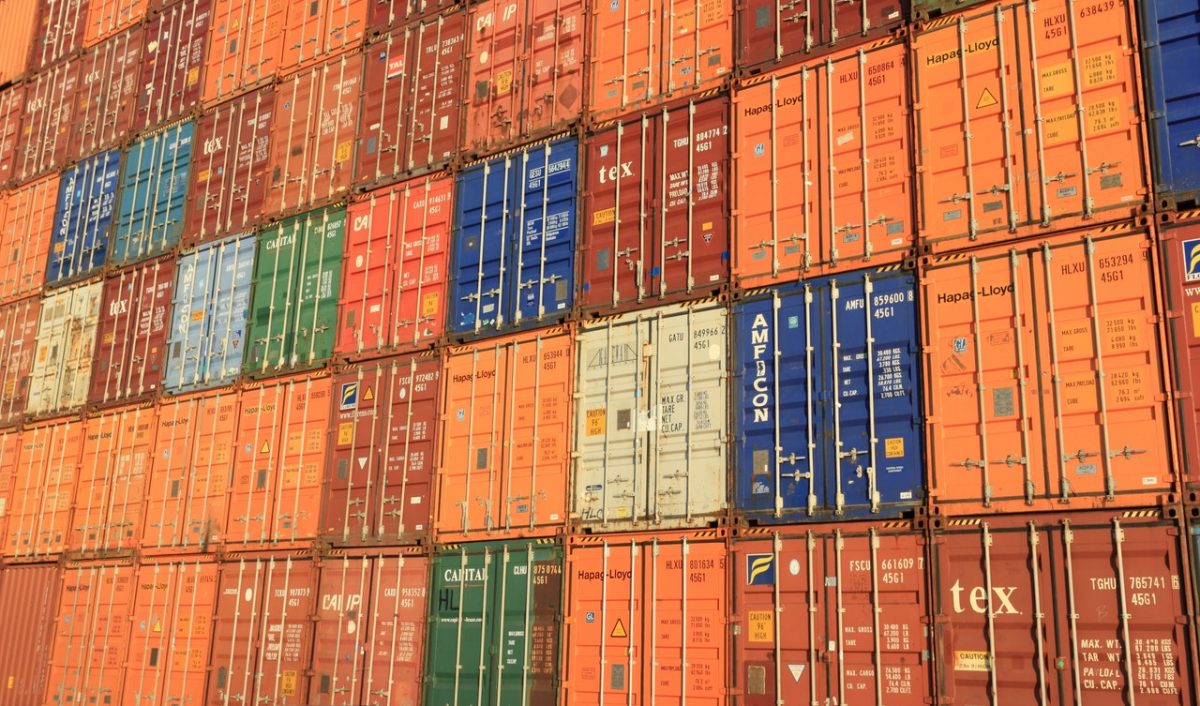Costs Plus Delays Will Continue to Threaten Supply Chains
Retail store buyers may have noticed increased wholesale prices and/or surcharges being added to their orders to cover increased freight prices. It is true that container prices from China to US have quintupled during the last year. Why is this happening and what can retailers do?
Shipping container prices from Asia to the US have increased exponentially, squeezing importers and retailers alike.
The short answer to the question of what caused the spike in shipping costs is supply and demand. During the COVID-19 pandemic, online buying increased greatly and most of the goods bought online are manufactured in and shipped from China. There simply wasn’t enough capacity to keep up with demand. According to Freightos, as of Sept. 5, 2021, container costs from Asia to the US west coast have increased 452% to $18,425 over a year ago and costs to the east coast have increased 415% to $20,057.
There was a rate increase on Sept. 1 of $1,800 for 20′ containers and $2,000 for 40′ containers, the most common sizes (source).
More than one CAMEO EZ© website is adding a surcharge to orders to cover the increased shipping expense. One site on the east coast notes they are paying $18,000-to-$20,000 for shipping containers that last year cost $2,500-to-$3,000.
“There may be a slight decrease in shipping prices in January due to some surcharges expiring,” says Steven Selikoff of Product Development Academy. “But do not expect any significant drop until after Chinese New Year. Be forewarned however that prices will never return to their pre-Covid levels. The shipping industry was losing too much money for too many years. Instead, expect that Shipping rates will probably settle at just over twice their pre-Covid rates, with a 40-ft. HQ from China to US probably costing around $8,000. It’s painful, but not as devastating as current rates.”
As a result, not only have shipping costs increased exponentially, but delivery times increased by almost half. While ocean carriers report increasing transpacific container capacity by 22%, there is no way to increase port capacity, so vessels wait for days to be unloaded.
To keep supply flowing, some importers have resorted to air cargo, but even with the ocean freight increases, air is still more expensive than ocean carrier. Home Depot even chartered their own container vessel to take control of their supply chain.
A secondary contributing cause is shortage of containers. A steel maker in Viet Nam plans to begin manufacturing containers in which to ship that country’s goods by second quarter, 2022 (source).
The increased demand has impacted trucking as well, driving those rates up as demand strains supply. The threatened return of lockdowns as a result of rising COVID variant cases will increase the difficulty in over-the-road shipping.
Another factor could be national trade policy. Tariffs imposed by former President Trump have largely been removed, but uncertainty over how the Biden administration will proceed may be causing Asian manufacturers and shippers to hedge their bets. News agency Reuters has even reported possible Chinese mafia involvement in the shipping industry.
What Can Be Done?
Obviously importers and retailers can’t do much to influence national trade policy, port capacity or the Chinese mafia. Importers can take advantage of the fact that a 40-ft. container costs very little more than a $20-ft. and perhaps order more at once to try to smooth out supply. Large retailers like Home Depot may be able to take control of more of their supply chain, but that option is not available to small, independent retailers.
A retailer may need to plan ahead, ordering seasonal goods earlier than usual, because it may take longer to receive them. A store may be able to find local sources of alternative products. Costs may be higher, but with no end in sight to the imported goods shipping increases, surcharges may erase the advantage of cheap manufacturing. “Buy local” may be an important mantra for retailers as well as their customers.



